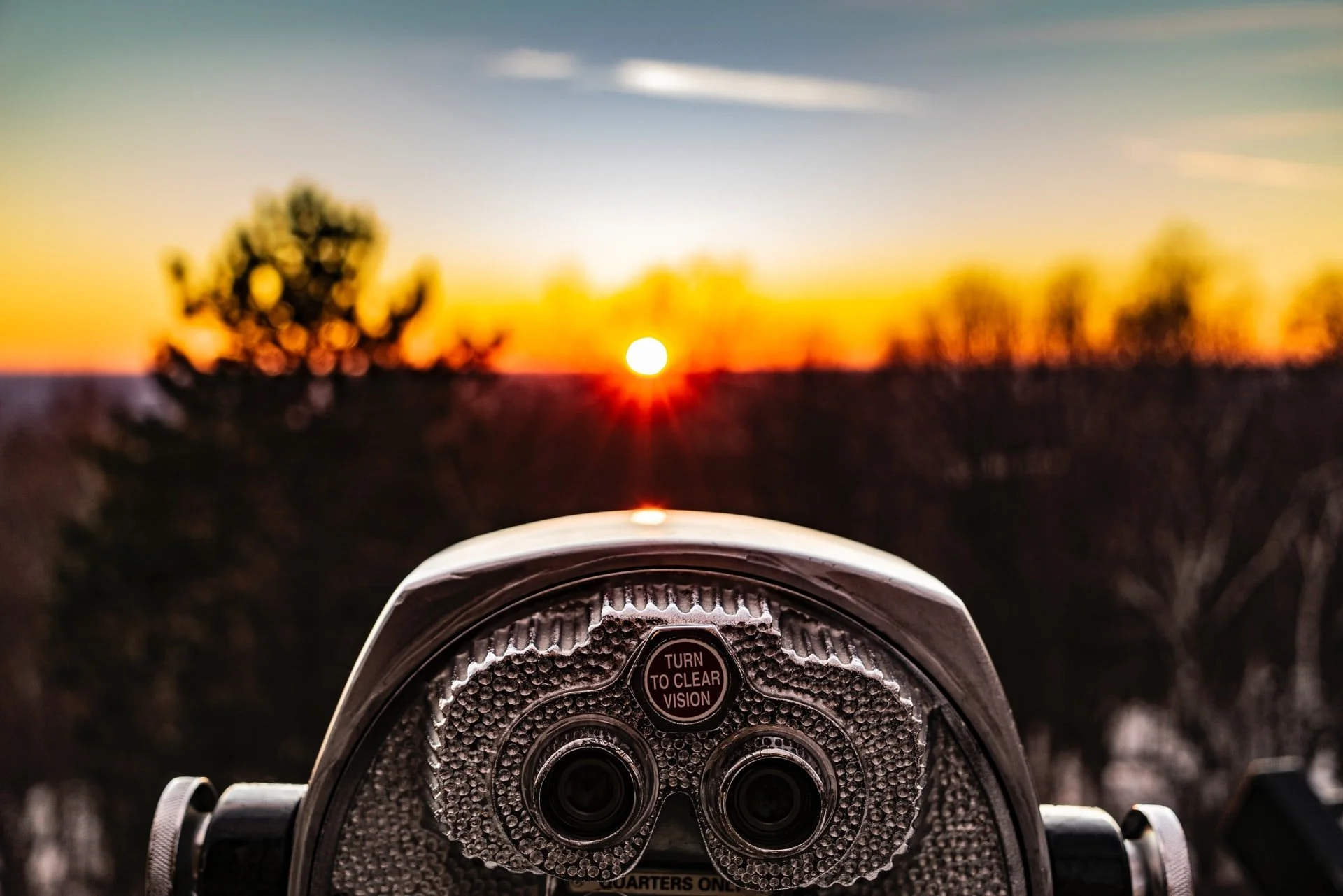Consumer Behavior Lessons from the Psychology of Horoscopes
Photo by Mabel Amber, Pixabay
Hands up if you’ve been down a BuzzFeed-quiz-rabbit-hole trying to crack what Kardashian tweet should be engraved on your headstone, which Avenger should be your dad, or what the name of your next lover will be based on your go-to McDonald’s order.
Sounds ridiculous? Absolutely. Turns out, there’s more to this if we look deeper. Our natural tendency to gravitate towards amusing quizzes, seemingly-profound fortune cookie wisdom, and relatable daily horoscopes, lies in how the brain is in constant pursuit of patterns.
Horoscopes, in particular, have been around for thousands of years and have continued to impact behavior. “We’ve Hit Peak Astrology”, VICE writes, while star-gazing Millennials turn to the celestial phenomenon for answers to life, love, and their chosen line of work. Not surprisingly, AI-powered astrology app Co—Star amassed 5 million users and raised $5.2 million in 2019. From millennials to venture capitalists, we’ll see why many people have restored faith in astrology.
To understand why the brain seeks out and connects patterns amongst the dots in the sky to personalities, and why this arbitrary pattern system is something we still believe in and buy into today, let’s first decipher how and why we internalize horoscopes in the first place.
The Psychology Behind Horoscopes
There are two types of people who devour horoscopes: the co-star enthusiast and the newspaper glancer.
The co-star enthusiast lives their life almost by their horoscope. They are ardent believers in its power and find that, instead of talking about the weather, their go-to topic of conversation is horoscopes; compatibility, (mis)fortunes, personalities, and all. The newspaper glancer, like many, doesn’t religiously believe in or actively seek out horoscopes. But when they happen to come across them, while reading the newspaper for example, they immediately navigate to their horoscope and spend at least a moment applying the predictions to their current life situation. They can’t help it and we can’t blame them. Here’s why.
The common denominator between both types is their ability to internalize the generic horoscope and think of it as specific to themselves, despite it being applicable to everyone else. In psychology, this tendency is known as the Forer effect, named after American Psychologist Bertram Forer.
In 1949, Forer took the gullibility of people when reading such personality descriptions to the test. In a series of experiments, he asked students to take part in a personality test. After, he gave them an outline of their character based on the test results and asked how accurate the description was. As you can imagine, the majority resonated with the descriptions given to them. Turns out, unbeknownst to them—and a testament to how gullible we really are—Forer gave everyone the exact same description.
This extremely widespread behavioral pattern has become prominently known as the Barnum effect, named after The Greatest Showman P.T. Barnum, who made lynching off of people’s gullibleness an art. After all, “there’s a sucker born every minute”, as the adage (coincidentally widely credited to Barnum) goes.
Just like Forer’s personality descriptions, horoscopes are made up of Barnum statements—loaded with the indisputable power of vagueness, interchangeable words, and the enigma of the future. The vaguer the forecast, the more room for you to fill in the gaps yourself; the more interchangeable words there are (e.g. “at times”), the more both sides of the spectrum can apply to your life (e.g. “at times” you’ve made the right decision, while “at times” you haven’t); the more you’re able to find truth in statements from your past, the easier you believe in predictions about your future because no one ever knows what the future holds.
But, beyond words, what’s really behind all this gullibility?
Horoscopes: The Millennial’s Escape in an Age of Uncertainty
The reason behind our apparent gullibleness in the face of Barnum statements is also why financial markets experience highs and lows—humans don’t operate well under uncertainty. Whether that’s about Presidential elections, ecological catastrophe, one’s social or core identity, we have a predilection to find answers. One way to do that is to box people into categories to understand both them and ourselves better. Horoscopes, in a way, serve that purpose. They allow us to compartmentalize and make sense of all the complexity arising from human individual differences.
It’s not surprising that horoscopes have made a comeback over the past few years—the vernacular has crept into internet discourse with BuzzFeed, Spotify, and Cosmopolitan magazine jumping on the bandwagon and curating content based on the zodiac signs.
Afflicted by anxiety, FOMO, and distraction, Millennials—also known as the “Burnout Generation”—often find themselves stressed about saving the Earth, finding a job they love, and seeking purpose—all while trying to build a strong social identity in an uncertain and evolving world. Amidst the chaos and uncertainty, people search for aspects of identity that give their life meaning, no matter how minuscule they might be. Suddenly, the BuzzFeed quizzes testing our (anti)belonging to veganism, affinity for techno music, and decades-long obsession with Harry Potter make sense. Horoscopes easily fit into our pursuit of self-definition because of our propensity to find meaning in ambiguity. We see faces in clouds, gods in burnt toast, and at some point, ourselves in horoscopes.
What was a science to Forer, was an art to Barnum. Brands in the twenty-first century, however, have intersected the two to drive consumer behavior.
How the Barnum Effect Plays Out In Marketing, Branding, and Consumer Behavior
Social identity from horoscopes connects with social identity in marketing and branding. Products and brands come in as an expression of your identity so you’re drawn to brands with personalities you can relate to. If a brand can speak to your identity, marketers can drive consumer behavior by creating a connection, thereby building loyalty between you and the brand. In short, brands are in the perpetual quest to optimize their identity.
An age-old, tried-and-tested strategy in marketing is to segment the target audience, come up with brand personas and then, create messaging, products, and experiences around them. But, what is a persona if not a modern data-based version of a horoscope?
You already know that personalized marketing—using your own face to persuade yourself—may work wonders because you pay more attention to things when they are about you. Now, add horoscope to the mix of personalized products and brands get nothing but a profit-making goldmine. Suddenly, content and brand messaging just got tailored to a whole new level, specific enough to attract astrology’s cult-like following. But, before apps like Co-Star surfaced and wooed venture capitalists, another industry from over a hundred years ago surfaced, quite literally, from the Earth. Let’s fast forward to that today.
When you walk into a jewelry store and are spoilt for choice amidst the glitz and glam, it’s natural to gravitate to your birthstone because they feel specifically curated for you. Without meaningful marketing, birthstones could have just been another set of shiny stones. But, the modern list of birthstones connected to each zodiac sign, when introduced in 1912, created a global concept highlighting individuality but also connectivity and unity. Twelve gemstones suddenly became an expression of identity for 7 billion people in the world. In 2020, the industry is worth $300 billion, while McKinsey cites Millennials and gemstones as the ruling reasons.
This happenstance specificity is why brands have begun to sell and commercialize horoscopes in the form of apps and products. As you know, marketing has gone beyond selling a product or brand but about educating, entertaining, and creating experiences for you. Horoscopes hit the nail on the head in all of these aspects.
But it’s important that you, as a consumer, still know that you have power over your horoscopes. Next time you read yours or find a clickbaity quiz, remember that they are nothing but random strokes of happenstance.



What’s Next?
References
American Gem Society: modern list of birthstones, 1912
Atlantic: The new age of astrology, Julie Beck, 2018
BuzzFeed: You can’t celebrate 2019 before you’ve taken our fave quizzes of 2018, Nikki Francois, 2018
DailyDot: Why astrology is making a comeback online, Jaya Saxena, 2020
Forer, B. R. (1949). The fallacy of personal validation: a classroom demonstration of gullibility. The Journal of Abnormal and Social Psychology, 44(1), 118.
Innovation Simple: Jewels of the marketing world - how birthstones became a brand, 2014
McKinsey: A multifaceted future: The Jewelry industry in 2020, Linda Dauriz, Nathalie Remy, and Thomas Tochtermann
Medium: What I learned building a horoscope that blew up on facebook, Tomas Pueyo, 2019
The Verge: Rising Signs, Allie Jones, 2019
Vice: We’ve Hit Peak Astrology, Daisy Jones, 2019
Wall Street Journal: ‘Can’t Even’ Review: The Burnout Generation, Kate Bachelder Odell, 2020































Dive into the fascinating intersection of psychology and marketing and how to use psychological biases in marketing strategy.